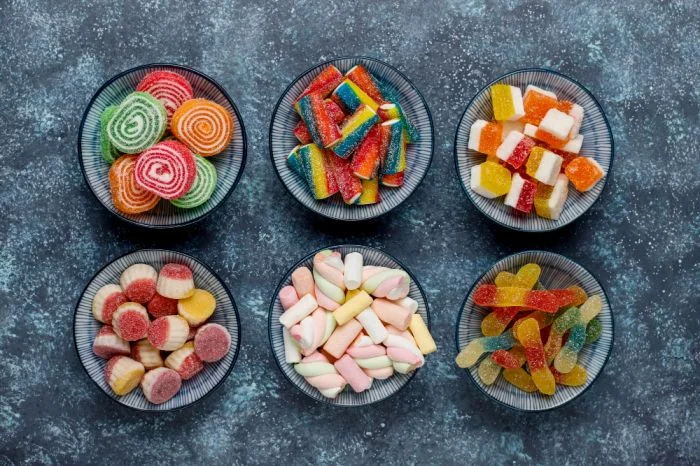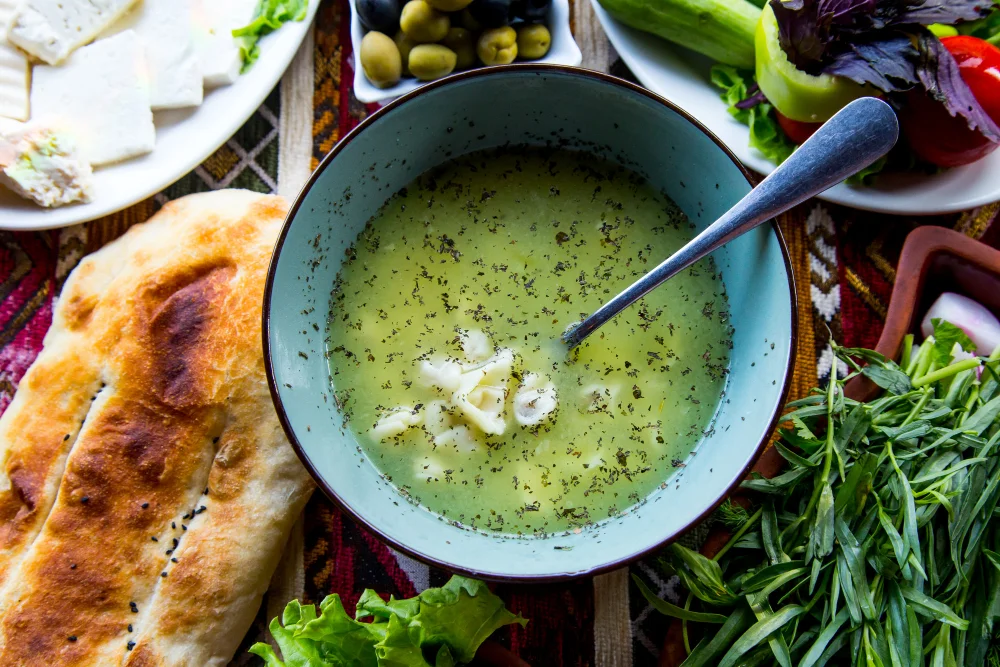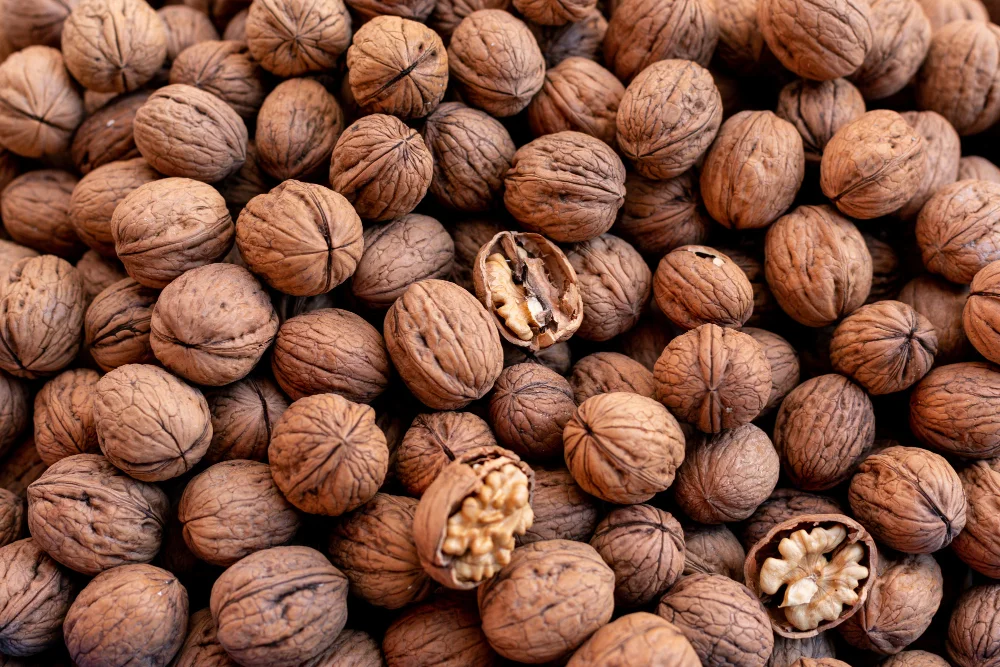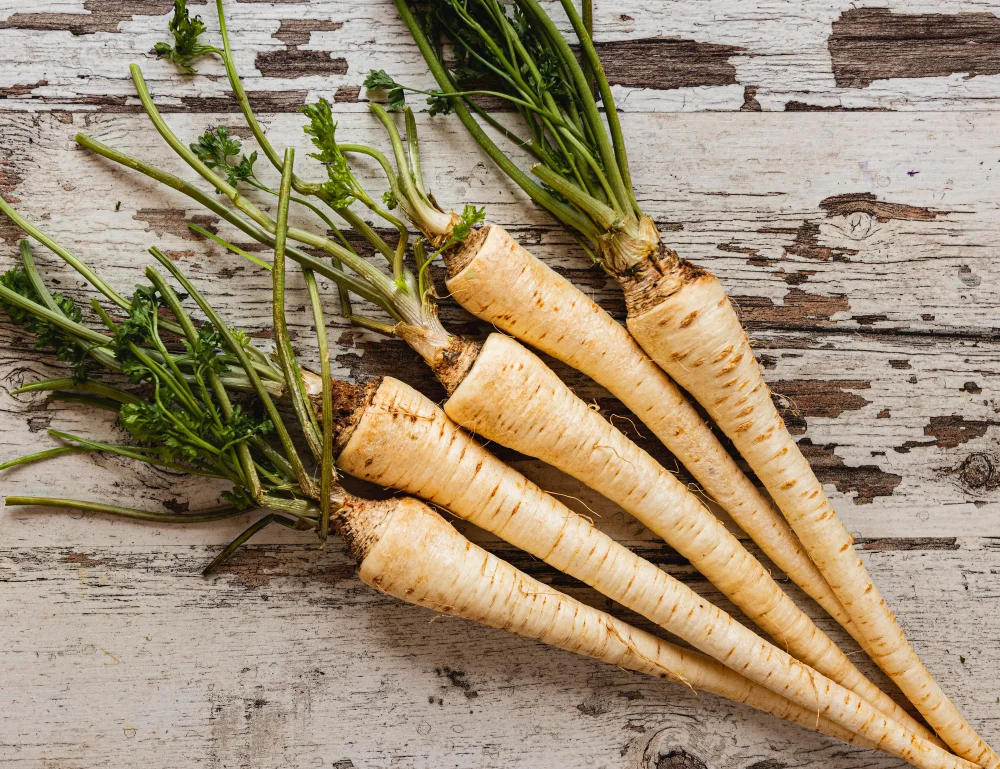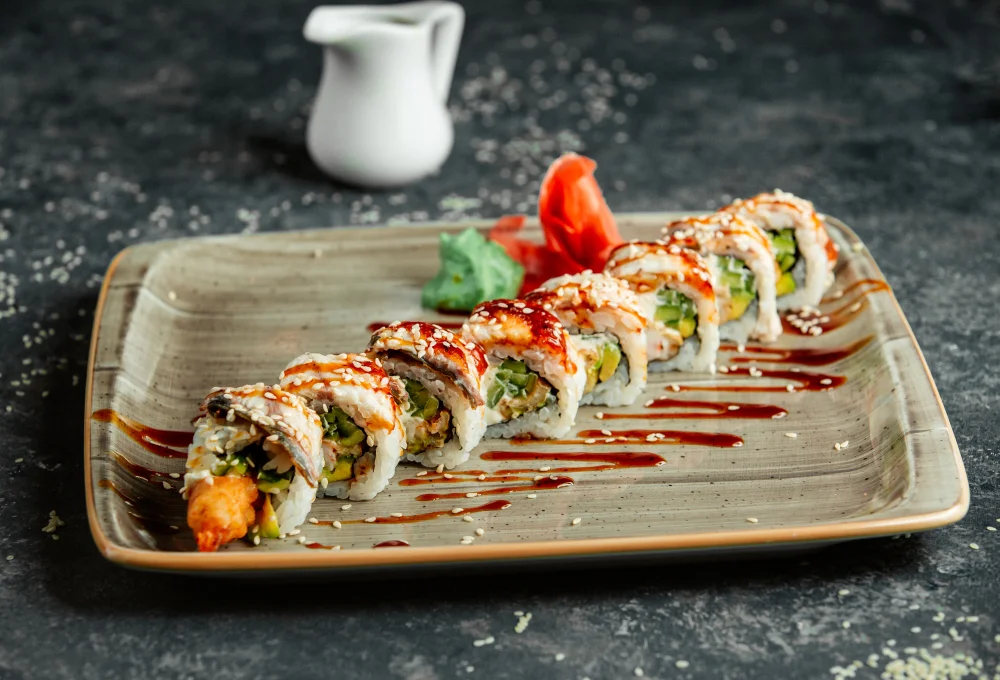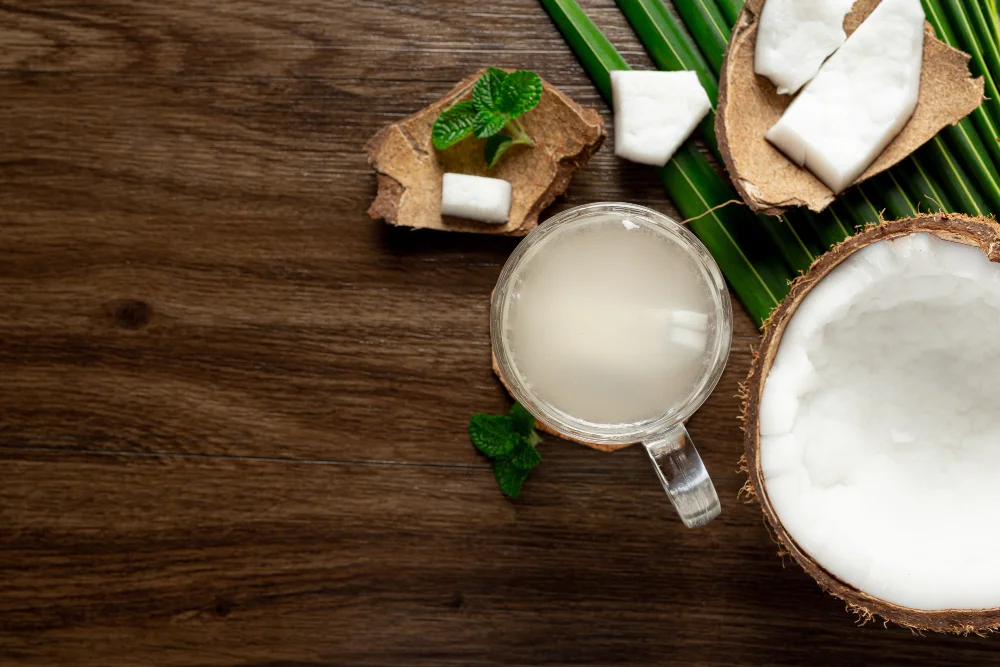Ever opened your fridge to find a perfectly ripe cantaloupe and thought—”Can I freeze this before it turns to mush?” You’re not alone.
Last August, during an unusually generous harvest from a friend’s backyard garden in Devon, I found myself surrounded by more cantaloupes than I could consume in a week. Some went into smoothies, others into fruit salads. But a dozen still sat on my counter, threatening to spoil. Out of curiosity (and slight panic), I tried freezing them. What followed was a mix of trial, error, and a few delightful surprises—and that’s what I’m sharing with you today.
So yes, you can freeze cantaloupe—but there’s a right way and a wrong way. Let’s walk through how to do it properly, what to expect in terms of texture and taste, and how to make the most of your frozen melon.
Why Freeze Cantaloupe in the First Place?
Cantaloupe, with its sweet, floral flavour and high water content, is a staple of summer. But it also has a short shelf life. According to the USDA, cut cantaloupe lasts just about 3 to 5 days in the fridge. That means if you’ve bought in bulk or harvested more than expected, freezing becomes a practical (and waste-reducing) option.
Beyond preservation, frozen cantaloupe is brilliant for:
- Making smoothies without ice
- Blending into sorbets or granitas
- Infusing water or cocktails
It might not be the same as fresh when it comes to biting into it raw, but frozen cantaloupe opens up a world of culinary possibilities.
How to Freeze Cantaloupe (Step-by-Step)
I tested three different methods over several weeks, comparing texture, flavour retention, and convenience. Here’s the method that gave me the best results:
1. Choose the Right Cantaloupe
Go for fully ripe but not overripe melons. A ripe cantaloupe smells sweet at the stem end and has a bit of give when you press gently.
2. Wash Thoroughly
Even though you won’t freeze the rind, washing prevents bacteria from transferring when cutting.
3. Remove Seeds and Rind
Cut in half, scoop out the seeds, and slice off the rind. Then chop into bite-sized cubes or slices.
4. Flash Freeze
Place pieces on a baking sheet lined with parchment paper. Freeze for 2–3 hours until solid. This prevents clumping later.
5. Store in Airtight Bags or Containers
Transfer the frozen pieces into labelled freezer-safe bags or containers. Squeeze out as much air as possible to avoid freezer burn. Cantaloupe can last up to 10 months in the freezer.
What Happens to the Texture After Freezing?
Here’s the honest truth: cantaloupe is over 90% water. Freezing forms ice crystals that break down its cell walls, leading to a softer, sometimes mushy texture when thawed.
So no, frozen cantaloupe won’t give you that same satisfying bite. But it excels in applications where texture isn’t the star of the show:
- Smoothies: Adds natural sweetness and a thick texture
- Frozen desserts: Try it in a sorbet with mint and lime
- Cold soups: Blend with cucumber and yoghurt for a refreshing gazpacho twist
Expert Tip:
Dr. Claire McAvoy, a food scientist at the University of Reading, notes: “Fruits with high water content tend to suffer textural degradation post-freezing, but this doesn’t affect nutritional value significantly.”
Can You Freeze Cantaloupe Puree?
Absolutely. In fact, pureeing cantaloupe before freezing can preserve more of its flavour and make it easier to use in recipes.
How to Do It:
- Blend fresh cantaloupe until smooth
- Pour into ice cube trays or silicone moulds
- Once frozen, transfer to freezer bags
This method is perfect for adding a fruity twist to cocktails, iced teas, or yoghurt bowls.
Avoid These Common Freezing Mistakes
- Freezing overripe cantaloupe: It turns to an unpleasant mush.
- Skipping the flash freeze: Leads to one giant cantaloupe lump.
- Using containers with air: Increases risk of freezer burn.
- Thawing on the counter: Encourages bacterial growth. Always thaw in the fridge.
Is Frozen Cantaloupe Nutritious?
Yes, and here’s the good news: freezing preserves most of cantaloupe’s nutrients. A study published in Food Chemistry found that flash-frozen fruits retain over 90% of their antioxidant capacity.
Cantaloupe is rich in:
- Vitamin C (boosts immunity)
- Beta-carotene (good for vision)
- Hydrating electrolytes (especially potassium)
You’re not losing much by freezing it—just the crunch.
Creative Ways to Use Frozen Cantaloupe
1. Sunrise Smoothie
Blend frozen cantaloupe, orange juice, ginger, and Greek yoghurt for a zingy breakfast boost.
2. Melon Mint Slush
Add frozen cantaloupe, ice, fresh mint, and lime juice in a blender. Serve as a non-alcoholic summer cooler or spike it with rum.
3. Fruity Ice Cubes
Puree and freeze in trays, then pop into sparkling water for a naturally flavoured fizz.
Read Also: How to Preserve Kiwi?
FAQs About Freezing Cantaloupe
Can you freeze cantaloupe with the rind on?
Not recommended. The rind doesn’t freeze well and takes up space.
Can you freeze cantaloupe balls?
Yes. Use a melon baller, flash freeze them, and store like cubes.
Does frozen cantaloupe taste good?
While the texture changes, the flavour remains pleasantly sweet. Best used blended.
How long can you store frozen cantaloupe?
Up to 10 months if sealed properly.
Can you refreeze thawed cantaloupe?
No. Once thawed, the texture degrades further and increases risk of bacteria.
Final Thoughts: Should You Freeze Cantaloupe?
If you’ve ever had to toss out cantaloupe gone bad, freezing is your new best friend. While it may not return as a crisp salad ingredient, it shines in smoothies, sorbets, and other blended dishes. And most importantly, you’ll reduce food waste without sacrificing flavour.


